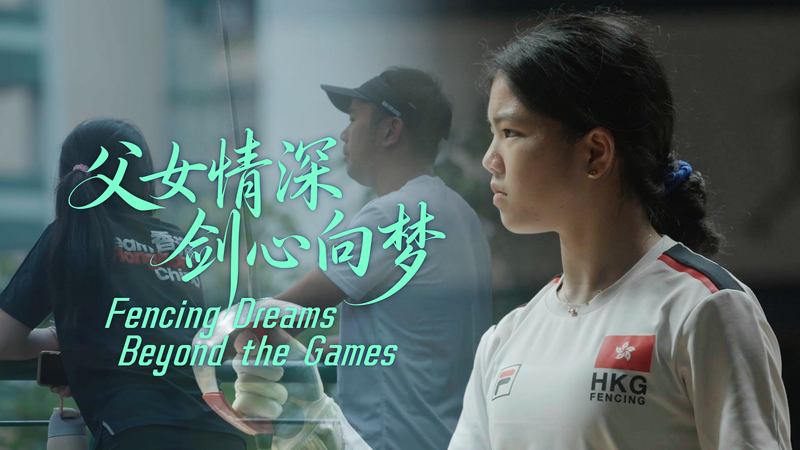When photos of Tsinghua students sporting silvery-electrode caps at a theatre performance surfaced online, theories ranged from high-tech cult gatherings to performance art pranks. But the mystery headgear, dubbed "magic caps," is actually a state-of-the-art portable brain-computer interface (BCI) capturing real-time neural responses to live art.
Behind the experiment is Professor Gao Xiaorong, director of Tsinghua’s Neural Engineering Lab, who confirms this marks the Chinese mainland’s first application of non-invasive BCI technology in neuro-scientific research at a live performance venue. The goal? To decode how our brains light up when immersed in the magic of live performance.
Early findings reveal a surge of activity in emotion and sensory processing regions. “Live performances trigger stronger brain resonance linked to emotional immersion,” explains doctoral researcher Li Zexuan. “This neuroscientific evidence reveals why we feel moved by live art in ways recorded performances can’t match.”
BCI technology, which translates brain signals into machine-readable data, has been advancing rapidly across the Chinese mainland. From medical diagnostics and motor rehabilitation to safety monitoring in high-risk jobs and treatments for Parkinson’s disease and epilepsy, applications are growing by the day.
A technical breakthrough in this study is lab-grade electroencephalography (EEG) data collection outside the lab, achieved through synchronous multi-group acquisition. The sleek EEG caps capture brainwave signals via silvery electrode interfaces, while mini recorders on each student’s arm log emotion-related data. All data streams are synced and sent wirelessly to a central hub for in-depth analysis.
At the heart of the research lies a fundamental question: how do live performances and performers’ body language reshape our emotions and neural states? To explore this, Tsinghua’s team is collaborating with arts groups and fellow universities to map the neural signatures of mood shifts. “We aim to identify patterns in people with emotional distress, such as anxiety,” says Gao. “Our findings could guide new emotion-focused therapies.”
As BCI ventures into the realm of live art, the project offers a fresh lens on human creativity and technology’s role in unlocking emotional insights. For young global citizens, entrepreneurs, and changemakers alike, the intersection of neuroscience and performance art opens doors to new ways of understanding ourselves and each other.
Reference(s):
Brain-computer interface sheds light on how brains respond to live art
cgtn.com



